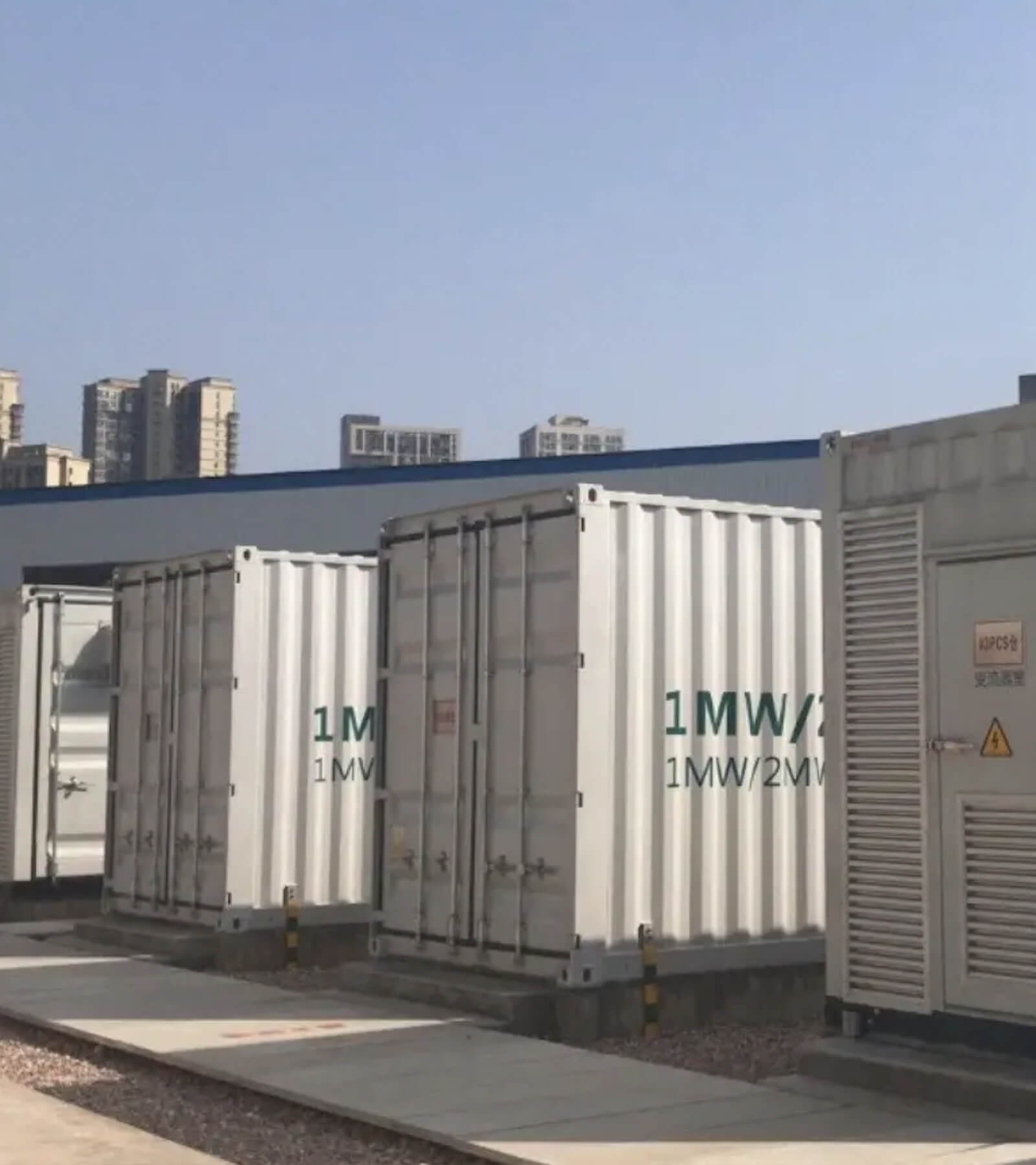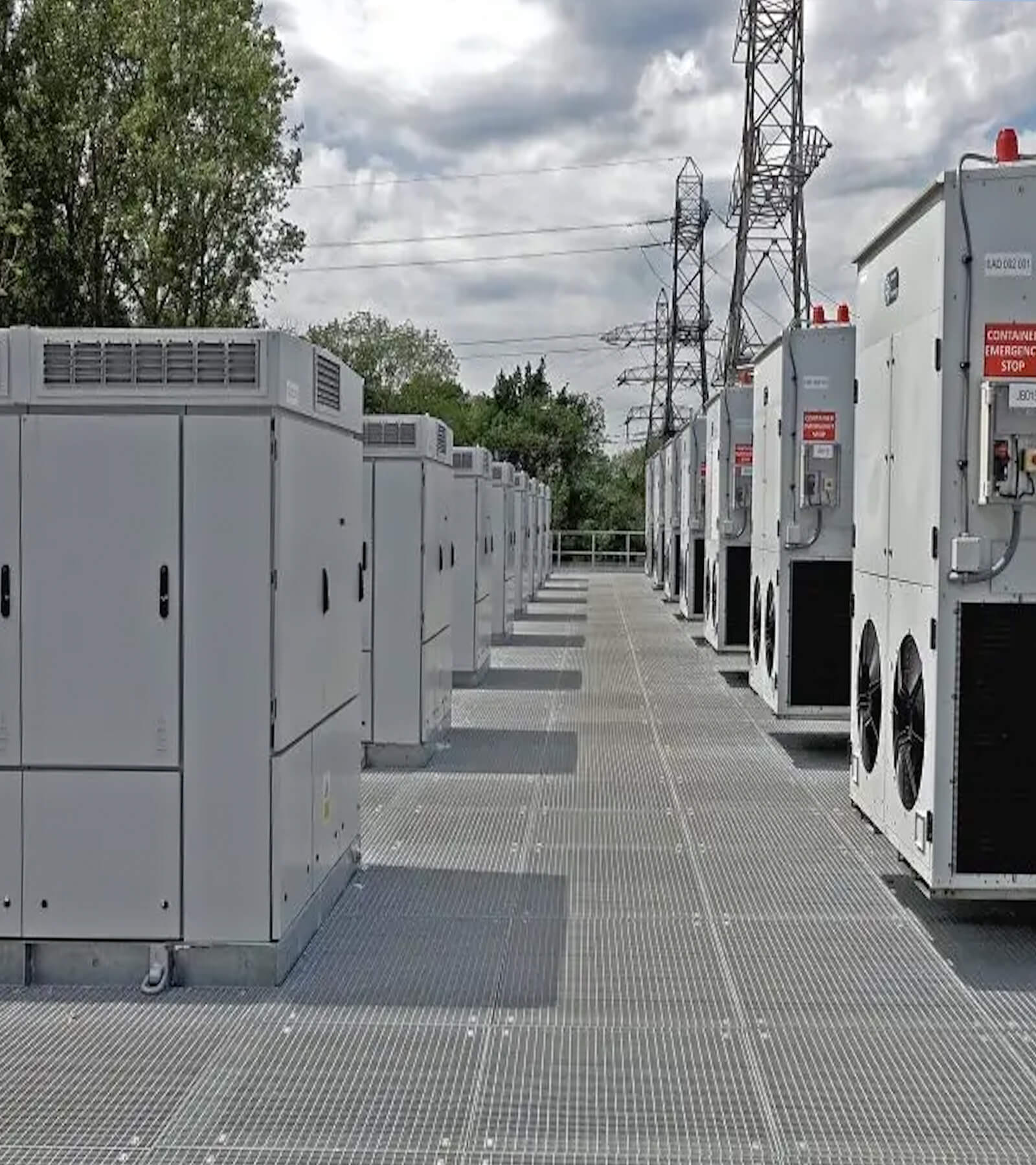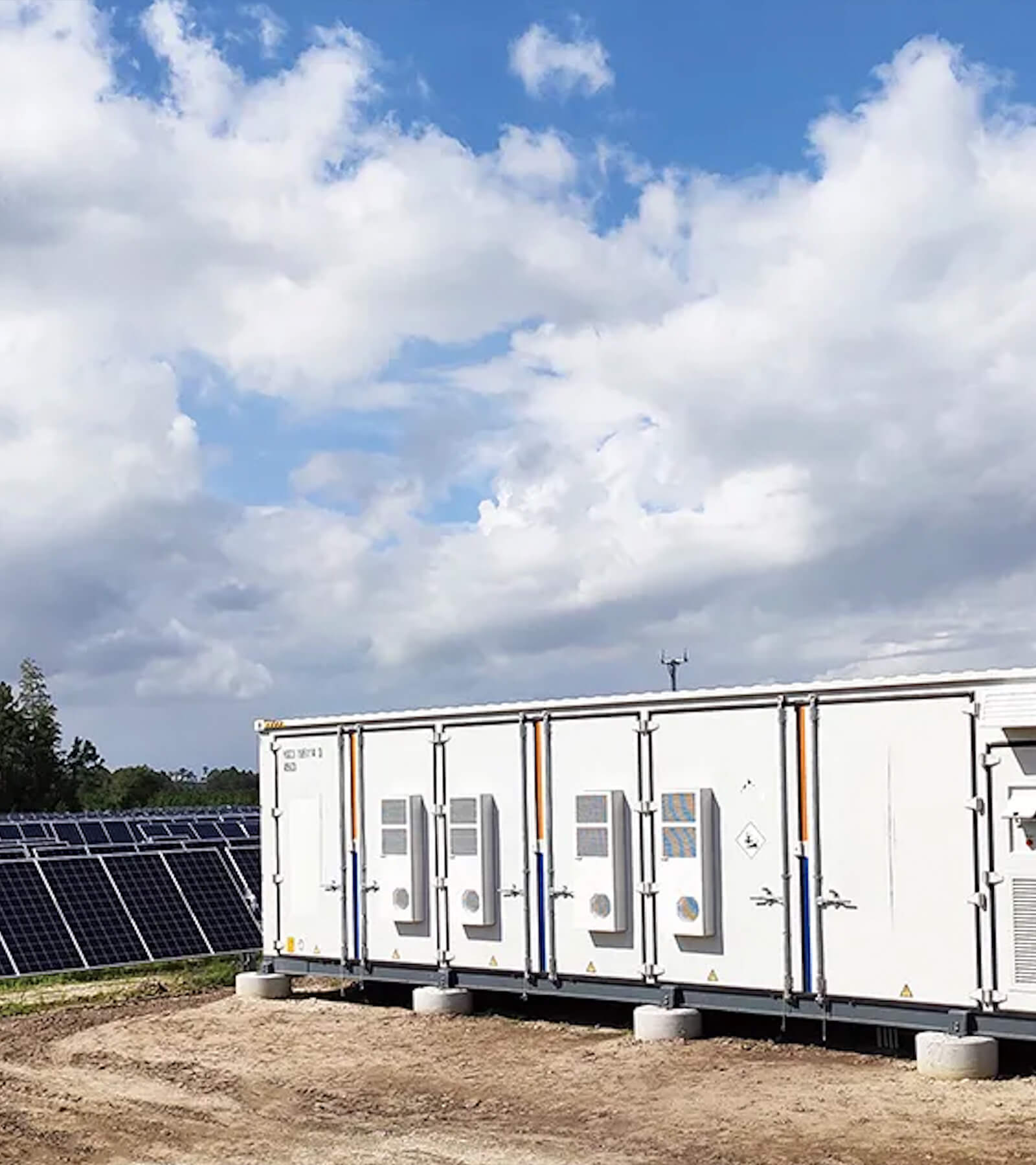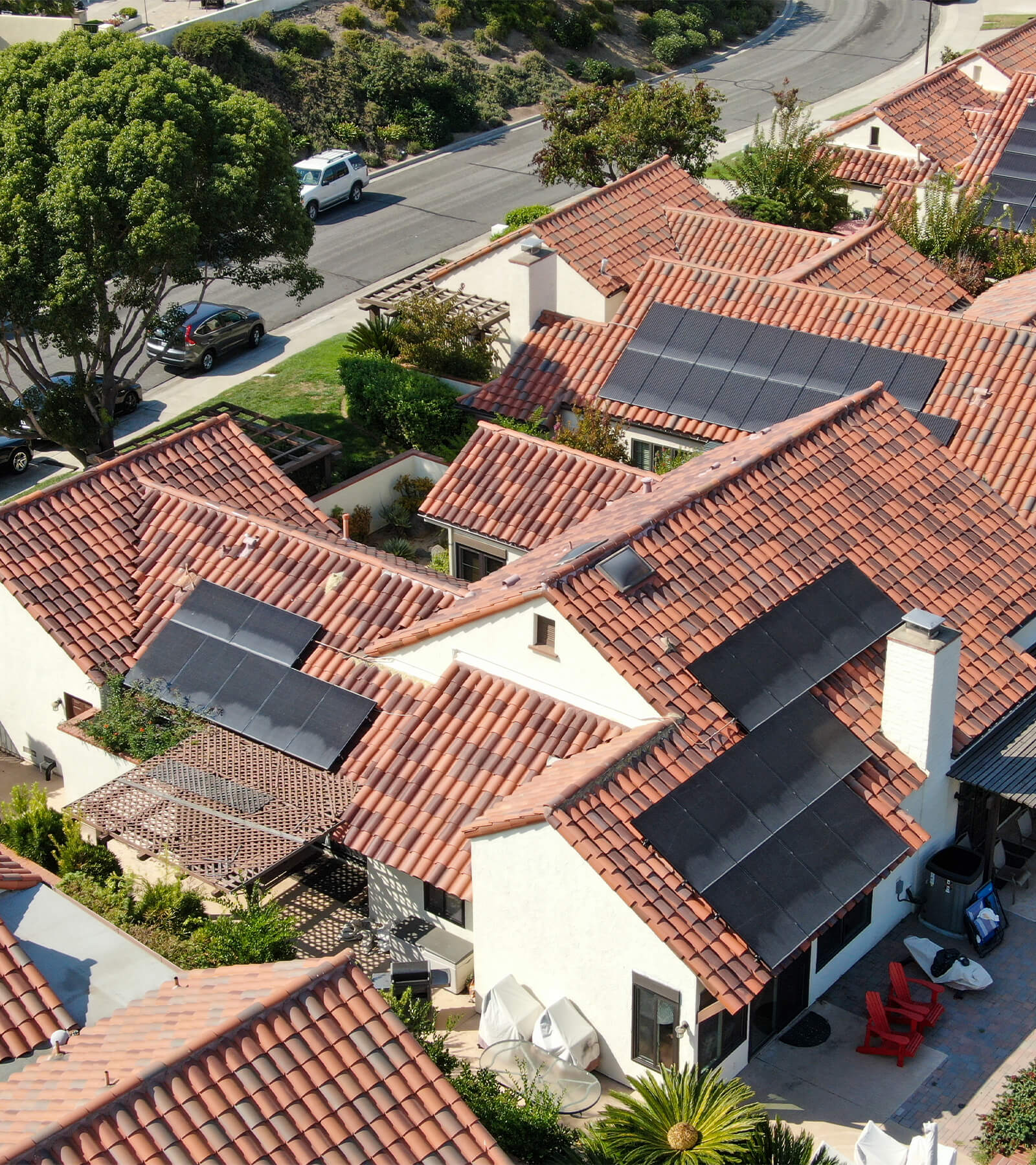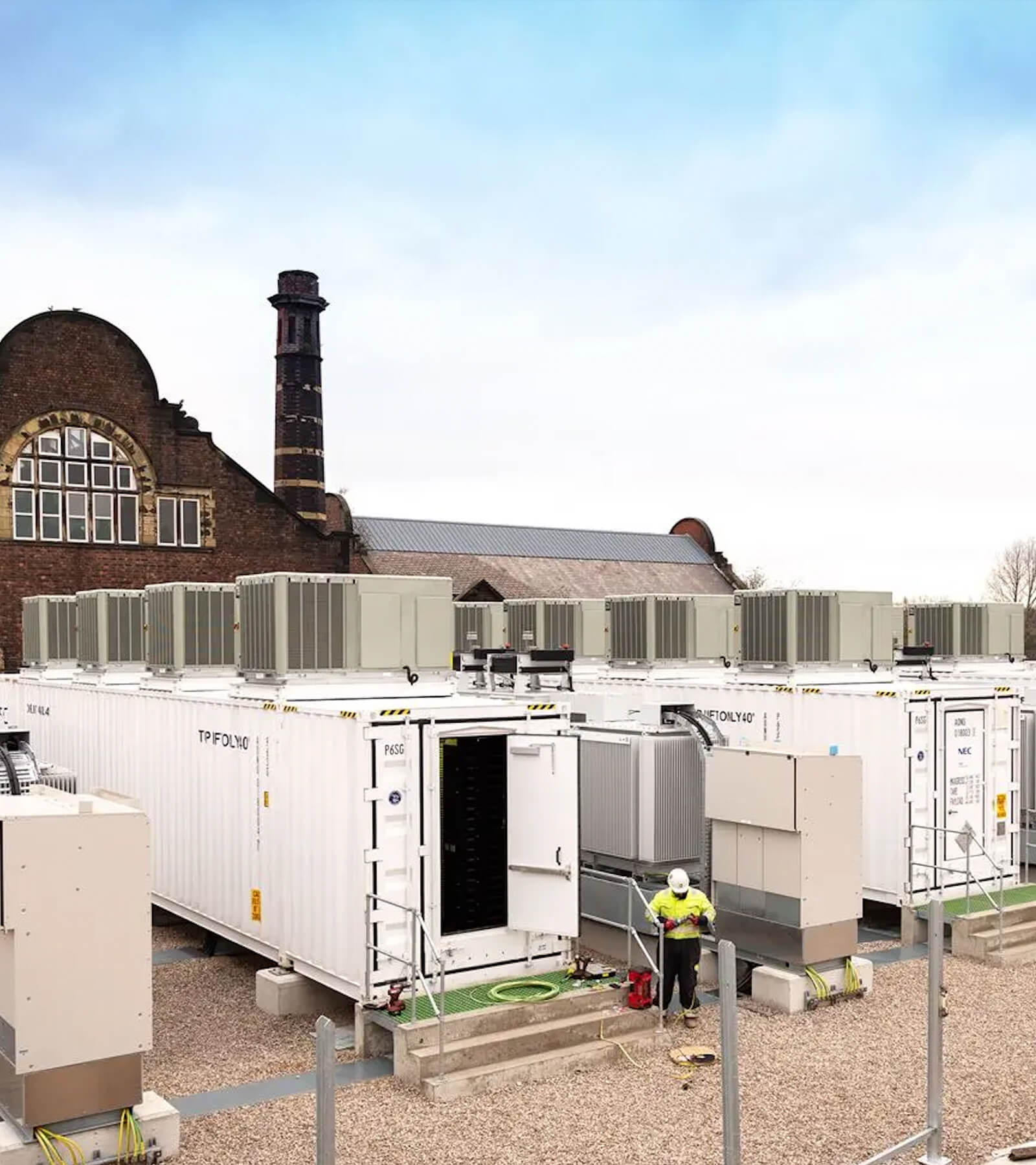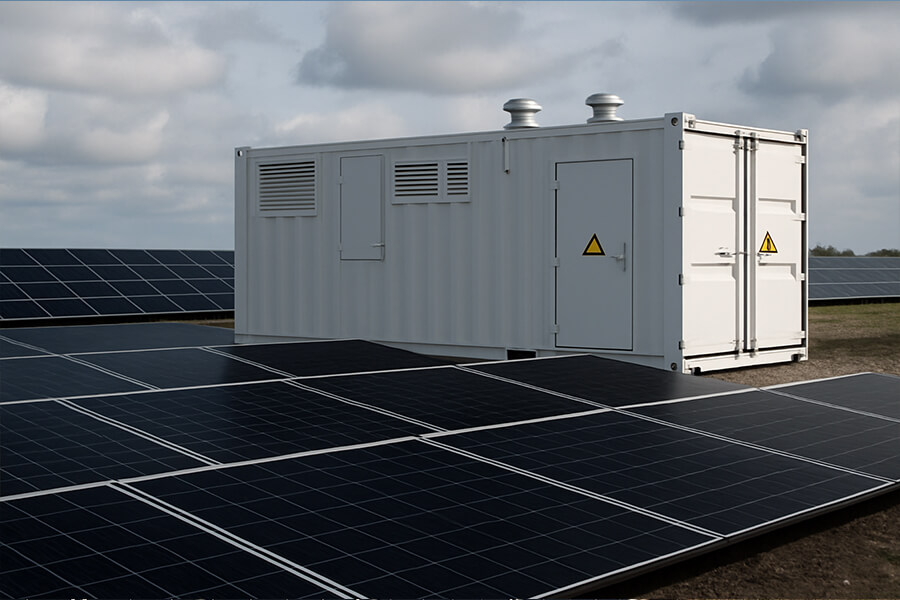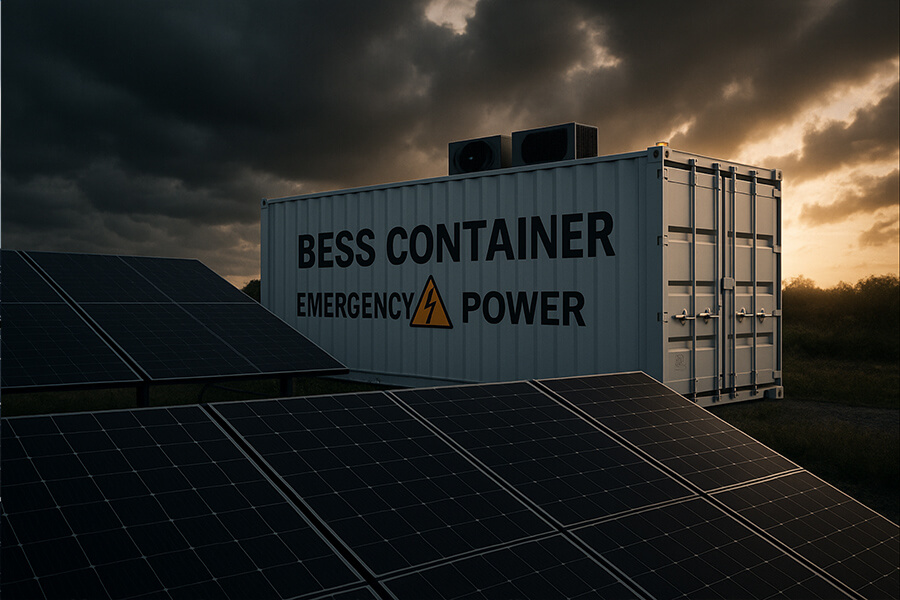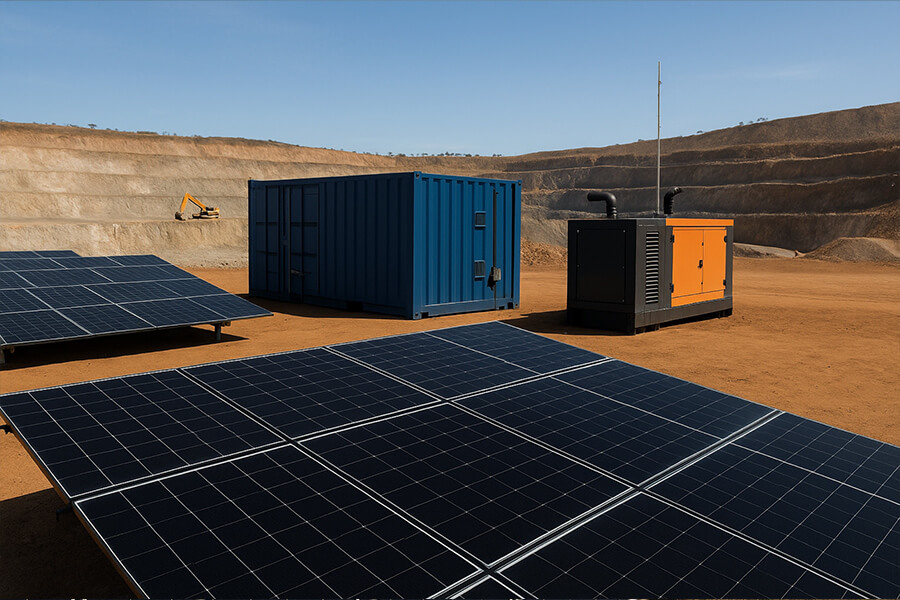The dream of powering remote mines or communities with sunshine and wind often crashes into reality: renewables are notoriously intermittent. The result? Over-reliance on expensive, noisy, and polluting diesel generators – the grumpy backup singers nobody wants. Enter the hero: the BESS Container Microgrid. This sophisticated shipping-container powerhouse acts like a giant energy savings account. It soaks up surplus solar and wind when generation is high and seamlessly discharges that stored power when the sun clocks off or the wind takes a nap. The outcome? Dramatically reduced diesel consumption (think 60-80% savings during peak hours, based on real deployments), rock-solid grid stability, lower costs, and happier, quieter operations. As fuel prices rise and regulations tighten in 2025, BESS Container Microgrids are the proven, scalable key to unlocking truly reliable and sustainable off-grid power. Discover how Maxbo Solar designs robust BESS solutions for these exact challenges at www.maxbo-solar.com.
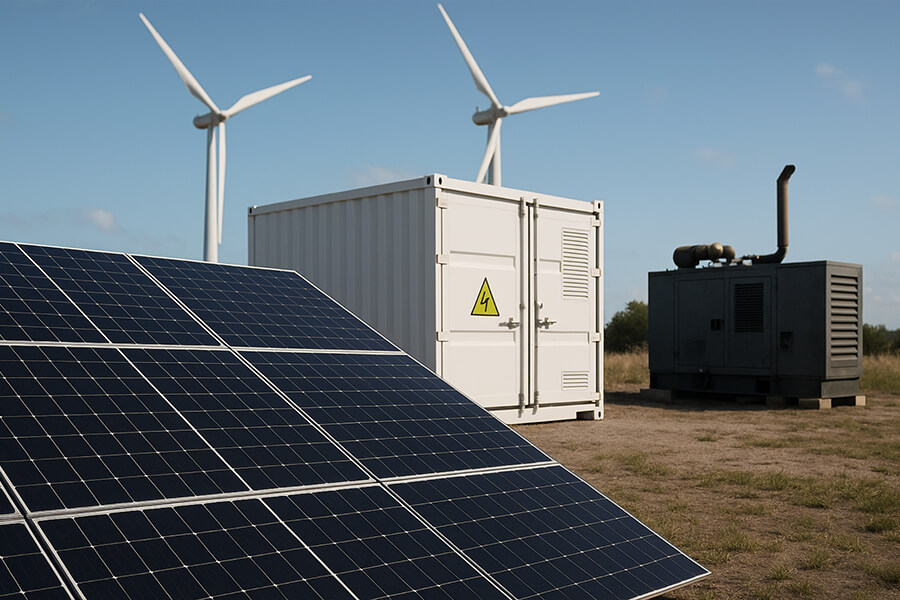
The Remote Power Paradox – Freedom with a Side of Frustration
Ah, the dream: powering a remote mine site in the Chilean Andes or an Alaskan island community with pure, clean sunshine and breezes. It’s eco-friendly, photogenic, and feels like ultimate energy independence… until the grid is you, and your primary power sources have the reliability of a teenager’s alarm clock.
The Real Challenge: When Renewables Ghost You
Solar and wind suffer from chronic flakiness. No sun (night, clouds)? No power. No wind? Silence. Conversely, too much sun/wind without storage = wasted energy. This intermittency forces off-grid sites into a toxic relationship with diesel generators – the grumpy, fuel-guzzling safety net that nobody wants but everyone needs.
The Diesel Domino Effect
Dependence triggers four brutal consequences:
| Pain Point | Impact | 2025 Data |
|---|---|---|
| Operating Costs | Fuel transport to Siberia/Antarctica isn’t a Prime delivery. | Remote diesel costs: 1.50–4.00/L (IEA, 2024) |
| Environmental Toll | “Sustainable” ops with diesel exhaust? That’s like diet soda with a cake chaser. | Diesel gensets emit >1 kg CO₂/kWh (IRENA, 2025) |
| Maintenance Nightmares | Breakdowns in -40°C or monsoons = helicopter mechanics & $$$. | Remote O&M costs: 2–5× higher vs. urban sites (Wood Mackenzie, 2025) |
| Blackout Roulette | A sputtering gen-set can halt mining drills or freeze community water pipes. | Diesel failures cause 15–30% of remote outages (NREL, 2024) |
Why This Hurts More in 2025
• Diesel Price Surge: Global conflicts and supply chains pushed prices 40% higher since 2022 (BloombergNEF, 2025).
• Regulatory Pressure: Carbon taxes now hit $130/ton in the EU (EC, 2025) – brutal for mines burning 10M+ liters/year.
• Wasted Renewables: 30–50% of solar/wind potential gets curtailed without storage (NREL).
The Irony
“Diesel gen-sets: because nothing says ‘sustainable paradise’ like the constant hum of fossil fuels, the smell of exhaust, and praying your mechanic has a helicopter license.”
The Hero Enters: The BESS Container – Your Renewable Energy “Peacekeeper”
So, where does that leave us? Stuck between flaky renewables and grumpy diesel gen-sets? Enter the BESS Container Microgrid: a giant, incredibly sophisticated power bank stuffed into a rugged shipping container. It doesn’t generate drama; it absorbs it. Think of it as the stoic babysitter that stores sunshine for midnight emergencies and tells diesel generators to take a well-earned nap.
How It Tames the Intermittency Beast
Here’s the four-step peacekeeping mission:
| BESS Superpower | Technical Action | Real-World Impact |
|---|---|---|
| Capturing the Surplus | Soaks up excess solar/wind during peak generation. | Reduces renewable curtailment by 70-95% (NREL, 2025). “Saving hurricanes as battery juice.” |
| Smoothing the Ride | Corrects micro-dips/surges in <100ms. | Voltage/frequency stability within ±0.5% – no more flickering lights or PLCs crashing (IEEE Std 2030.3). |
| The Big Discharge | Seamlessly powers loads during cloud/wind lulls. | Delays diesel startup for hours/days, cutting runtime by 65-80% (WoodMac, 2025). |
| Diesel Diet Plan | Forces gensets to run only at >80% load efficiency or not at all. | Saves 200,000–1.5M/year in fuel/O&M per MW of displaced diesel (BloombergNEF, 2025). |
Proof in the Pudding: Where Diesel Bills Go to Die
“Theory is great, but remote operators speak one language: results. Let’s visit a composite but very real scenario – a nickel mine in the Australian Outback. Solar panels carpeted the desert; wind turbines dotted the ridges. Yet nightly, clouds and calm forced 12MW of diesel gensets to roar, gulping 3.2 million liters/year. Their ‘sustainable’ operation sounded like a chainsaw orchestra.”
The Intervention: Enter the Steel-Clad Savior
A 2.4 MW / 4.8 MWh BESS Container Microgrid deployed in 6 weeks (Maxbo Solar), integrated with existing renewables and gensets. The goal: Maximize renewable consumption, minimize diesel tantrums.
The Results: Less Diesel, More Dollars (and Sleep)
| Metric | Pre-BESS (2024) | Post-BESS (2025) | Source |
|---|---|---|---|
| Annual Diesel Use | 3.2 million liters | 0.9 million liters (72% reduction) | WoodMac Mining Energy Report 2025 |
| Diesel Runtime | 18-24 hours/day | <6 hours/day (mainly backup) | HOMER Energy Case Library |
| Fuel Cost Savings | 1.50/L) | $3.45M/year saved | Diesel price: IEA Remote Fuel Index 2025 |
| CO₂ Emissions | 8,200 tons/year | 2,300 tons/year (72% cut) | Emissions factor: IPCC 2023 Guidelines |
| ROI Period | N/A | 3.2 years | BloombergNEF BESS ROI Calculator |
Beyond the Spreadsheet Magic
- Grid Stability: Zero blackouts from renewable drop-offs since deployment. Voltage held within ±0.8% during 50% solar curtailment events (Site SCADA logs).
- Ops Wins: Maintenance costs down 40% – fewer diesel hours = fewer oil changes + no more emergency airlifts for failed generators.
- The Human Factor: “The mine manager finally deleted the ‘Generator Emergency’ speed-dial. Night shifts now hear crickets, not Cummins.”
Why This Isn’t Magic, Just Math
The BESS Container’s “diesel diet” strategy works because:
- Solar Soaking: Stored excess daytime solar (often ~30% curtailed pre-BESS) for night ops.
- Efficiency Enforcement: Forced diesels to run only above >85% load (peak efficiency), avoiding costly “low-load coking”.
- Instant Response: Took over in <50ms during cloud transients – faster than diesel gensets could react (IEEE 1547-2025).
Why Waiting Now Means Burning Cash (Literally)
“That mine’s 72% diesel cut isn’t just impressive – it’s 2025’s survival threshold. Four converging forces make BESS Containers non-negotiable this year:”
The 2025 Pressure Cooker
| Driver | 2023 Baseline | 2025 Reality | Impact on Remote Ops | Source |
|---|---|---|---|---|
| Diesel Costs | $1.10/L (avg. remote) | 4.00/L | Operations in conflict zones/Arctic now spend 55% of OpEx on fuel alone. | IEA Remote Fuel Index 2025 |
| Carbon Pricing | EU: $90/ton | EU:130/ton | Mine emitting 10,000t CO₂/year pays $1.3M extra – negating profits. | EC Carbon Market Report 2025 |
| Battery Costs | $150/kWh | $98/kWh | 35% capex drop slashes ROI to <4 years even in high-diesel-cost zones. | BNEF Battery Price Survey 2025 |
| Financing Barriers | “Experimental tech” rep | Bankable, insured assets | 80% of projects now qualify for green loans at <6% interest (vs. 12% for diesel). | WoodMac Energy Transition Finance 2025 |
Regulatory Avalanche Hits Remote Sites
- EU CBAM 2025: Carbon tariffs now apply to minerals, electricity imports – hitting mines exporting to Europe (CBAM Phase 3 Rules).
- US Methane Fee: $1,500/ton penalty for offshore/remote ops venting gas during flaring (EPA Subpart OOOOc).
- IMO 2025: Ships supplying remote diesel must cut emissions 40% – increasing delivery costs (International Maritime Org).
BESS: No Longer “If” But “How Fast”
- Tech Maturity: UL 9540A-certified containers have <0.5 incident rate per GWh deployed (DNV Battery Safety Report 2025).
- Grid-Forming Standardization: IEEE 2800-2025 ensures BESS can replace spinning reserves in 100% renewable microgrids (IEEE Standard Portal).
- Performance Warrantees: Tier-1 vendors now offer 12-year guarantees at 70% capacity retention (CATL/Sungrow 2025 T&Cs).
Maxbo Solar: Where Your Renewable Ambitions Meet Grid Resilience
“At Maxbo Solar, taming renewable intermittency isn’t theoretical—it’s what our engineers breathe since 2018. We design battle-tested BESS Container solutions that turn remote sites from diesel hostages into energy-optimized fortresses.”
Why Operators Trust Our Steel-Clad Workhorses
| Feature | Industry Standard (2025) | Maxbo Solar Advantage | Impact |
|---|---|---|---|
| Battery Tech | LiFePO4 (80% DoD @ 6,000 cycles) | CATL LiFePO4: 80% DoD @ 10,000 cycles Operates at -40°C to 60°C |
40% longer lifespan in Arctic/Sahara sites (CATL 2025 Whitepaper) |
| Deployment Speed | 8–12 weeks | <15 days from port to power | Mine in Papua New Guinea saved $480,000 in avoided diesel burn during commissioning (Project Report) |
| Uptime Guarantee | 98% | 99.4% (backed by liquidated damages) | <4 hours/year downtime vs. industry avg. 175 hours (DNV Uptime Study) |
| Remote Monitoring | Basic SCADA | AI-Powered Predictive Analytics (90% failure pre-emption accuracy) |
Cut O&M costs by 35% vs. reactive maintenance (Maxbo Dashboard Demo) |
Engineered for the Real World
1. No-BS Plug-and-Play
*”Our containers ship with pre-integrated:
- Grid-forming inverters (IEEE 2800-2025 compliant)
- Active liquid cooling (-40°C startup without heaters)
- NEMA 4X-rated enclosures – dust, salt, monsoon-proof
Just bolt down, connect cables, and flip the switch. Even in a sandstorm.”*
2. Intelligence That Outthinks the Weather
Our MAX-OS™ Energy Manager doesn’t just react—it predicts. Using site-specific solar/wind/diesel data, it:
- Optimizes charge/discharge cycles for max diesel displacement
- Simulates fuel savings under typhoon seasons (accuracy: 92%)
- Automates carbon reporting for CBAM/EPA compliance
3. We Speak Your Language: ROI
Every Maxbo system includes a Performance Guarantee:
“Achieve <70% diesel reduction in Year 1 or we refund the delta.”
(Backed by $10M reinsurance from Lloyd’s of London – Certificate)
The Proof? Our Clients’ Silence
“After installing Maxbo’s BESS, the only ‘noise’ at our Yukon mine is the finance team cheering. Diesel runtime dropped from 21 to 4 hours/day – and they caught a generator failure 3 days before it happened.”
– Energy Manager, Tier-1 Gold Miner
Your Move: From Diesel Despair to Renewable Resilience
“Ready to turn your gensets into expensive paperweights? Let’s engineer your exit from diesel dependency:
- Audit: We model your site’s energy flow – no charge.
- Design: Tailored BESS sizing with iron-clad ROI projection.
- Deploy: Commissioned before your next fuel shipment arrives.
Explore how 142 remote sites cut diesel costs by $47M last year:
www.maxbo-solar.com/bess-containers
“Stop feeding dinosaurs. Let’s electrify.”

